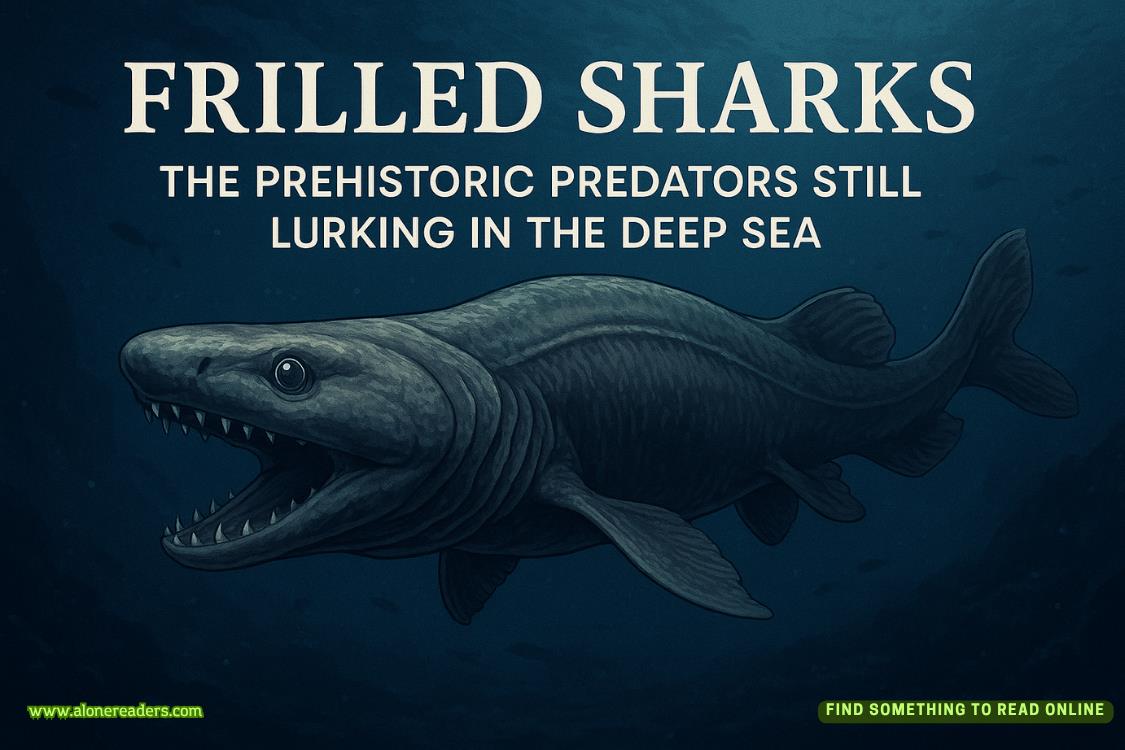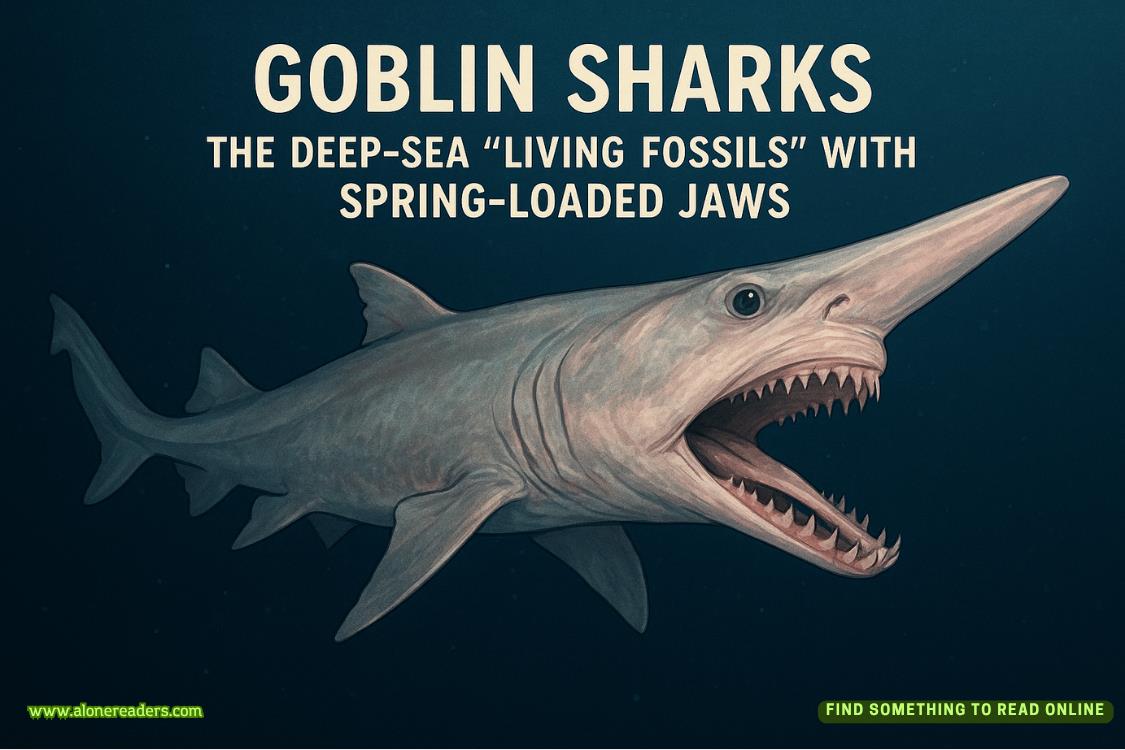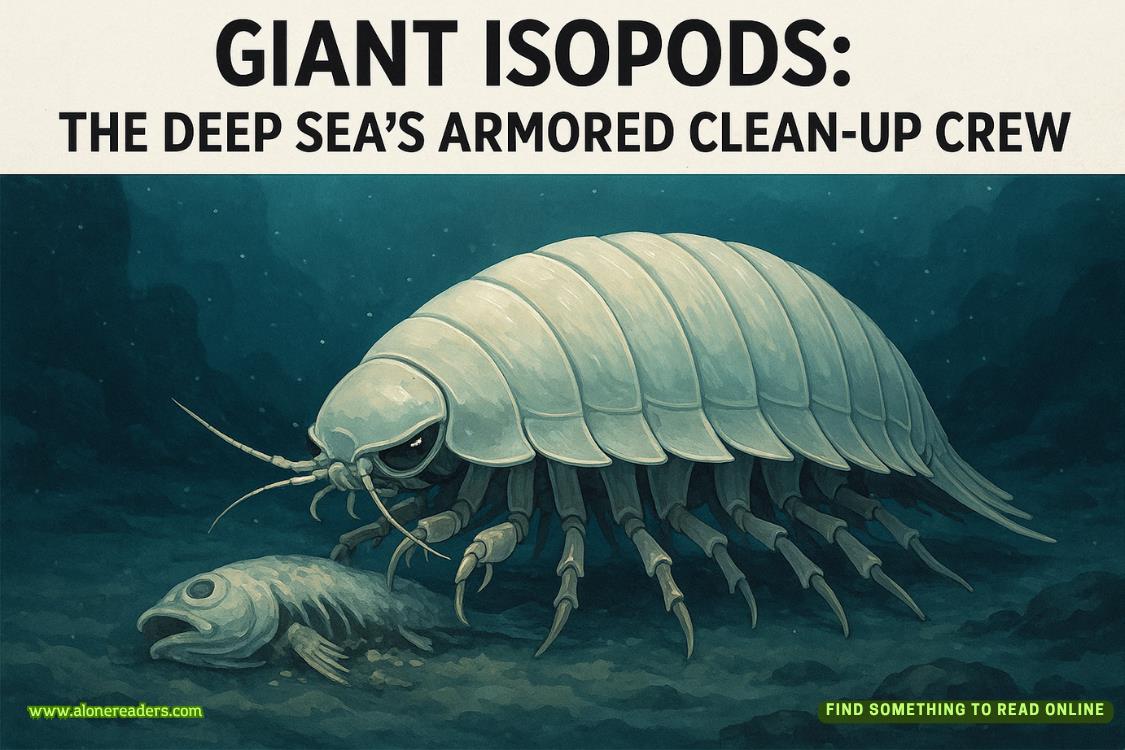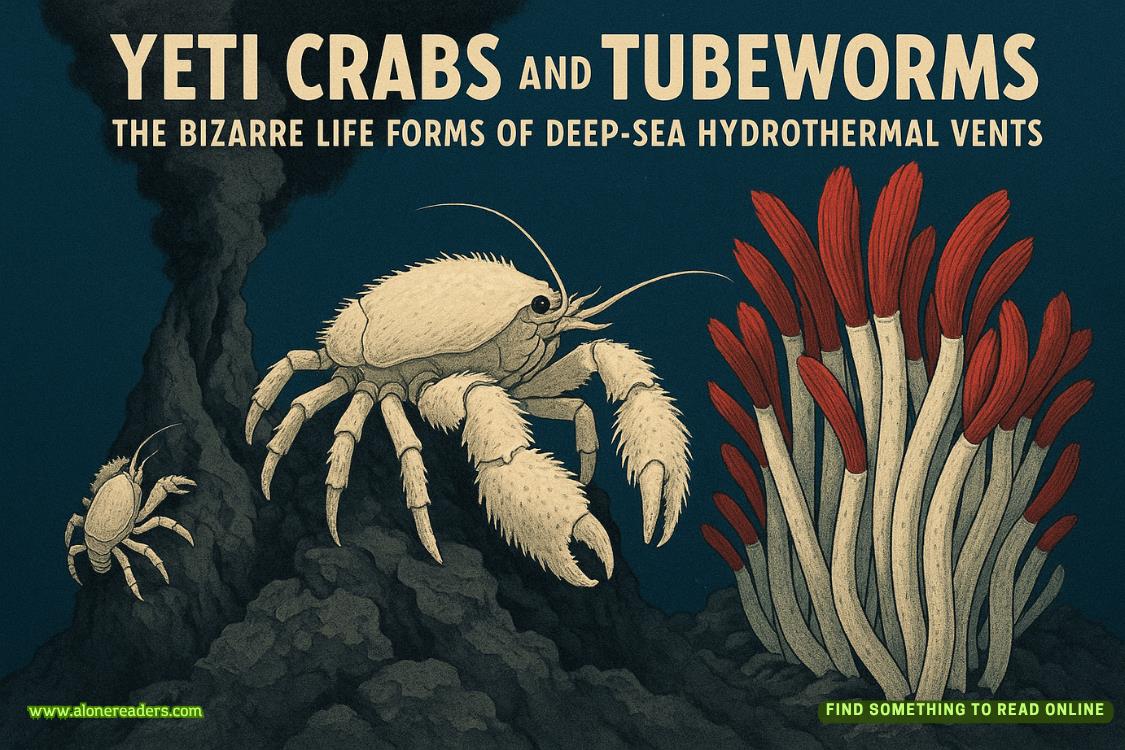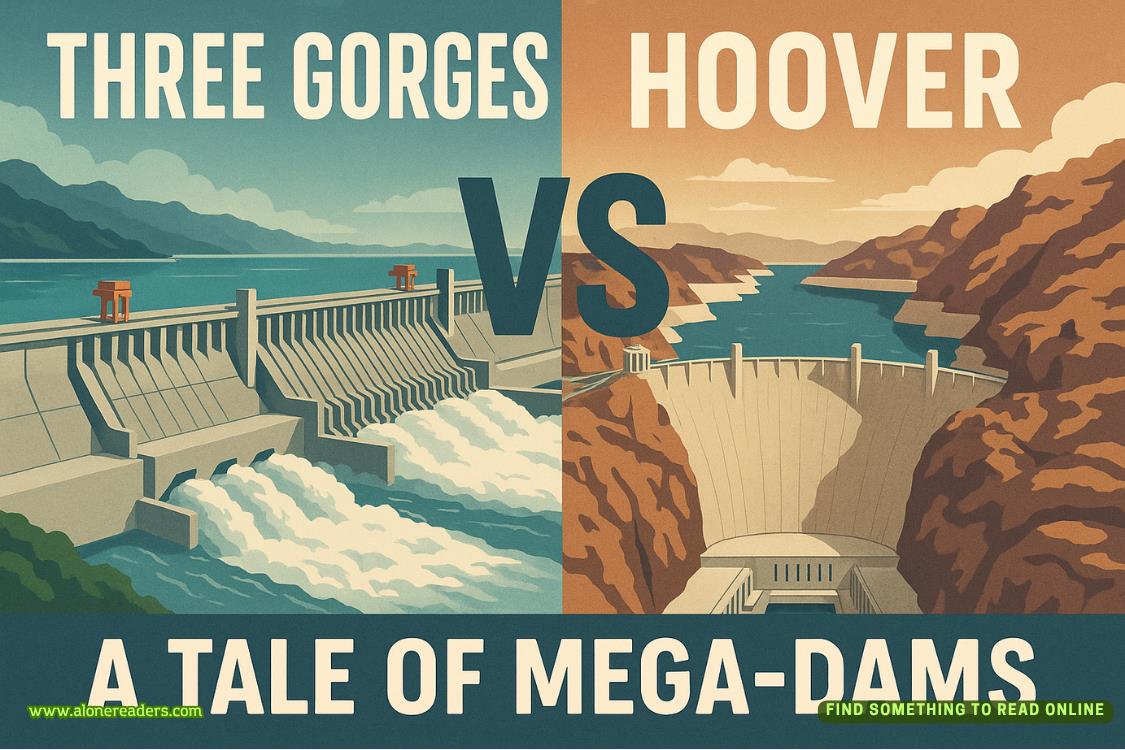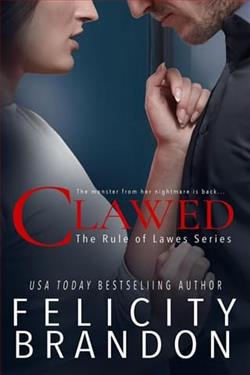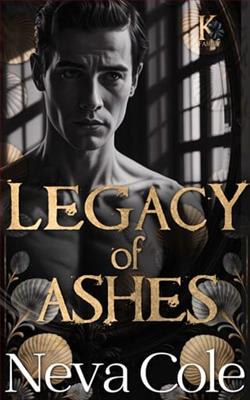Page 18 of Picture This
‘Do your magic. I want the exact pleats, and the way each robe folds, to be exactly the same as in the painting. Be particularly precise about the complicated way the man’s robe is both knotted and folded behind his hips.’
For a moment the studio was filled with the sound of Muriel’s ballpoint pen scribbling on her notepad. Outside, a police siren sounded and then faded.
‘On the casting, Susie – looking at the original print I’d say the man is, well, ridiculously well endowed. Do you want me to try and find such a creature?’ Alfie enquired delicately.
‘If possible. Try any local casting for porn – that should turn someone up. I like the way the length of his cock is so ridiculous, how it is the visual pivot around which everything else revolves. That in itself is a metaphor. Another thing: the man’s slippers… ’ Susie pointed down at the delicate black half-slippers the Chinese man had on. ‘Fantastic, isn’t it, to have such incongruously domestic details in an orgy scene? In a way, that’s what makes this image poignant, as if, in all his sexual frenzy, he had been worried about getting his feet cold on the stone floor. I think we should swap them for those white hotel slippers you get and put a Hilton logo on the side. I’ll take the same position as the central figure on the car bonnet. All the other details, like the cords around her ankles and wrists, the wisps of fine straight black hair on the maidservants, must all be exactly duplicated.
‘I’ll get some genuine antique Chinese silk flown in for the robes, and I’ll start with the Disney Museum in San Francisco for the Minnie Mouse ears – they’ll have a source. I’ll see if I can source real human hair. I promise I’ll be meticulous with each strand, Susie. It will look extraordinary under the lights.’ As she spoke, Muriel was taking photos of the details of the robes and their colours from the print.
‘Obviously details will evolve from this point onwards, and I expect things will come up during the shoot – they always do – but I think we have enough to begin sourcing at the very least,’ Susie said.
Just then she noticed a new message on her phone; it was Felix Baum. She ignored it. Better to make him wait and keep the upper hand in the relationship, she concluded, fighting the urge to respond immediately.
‘So it’s the usual ten-day turnaround?’ Muriel asked, interrupting Susie’s chain of thought.
‘Actually I was thinking a week. Is that too crazy?’
Alfie and Muriel exchanged worried looks.
Finally, Alfie spoke: ‘Let’s stick to ten days?’
‘Okay, ten days. Meanwhile I’ll work up the other images.’
She glanced back down at her phone; there was another message from Felix.
There’s an opening at the Frick tonight. Goya’s last works, made when he was in exile in Bordeaux. I’ll pick you up later – Felix.
She stared at the text. One of Goya’s drawings had been her and Maxine’s favourite works – Enredos de sus vidas – ‘Entanglements of Their Lives’ – would it be one of the drawings exhibited? It had been one part of the lexicon she and Maxine had shared – the secret language of lovers. In their case it was always artworks rather than pet names or favourite poems or films. Enredos de sus vidas was the linchpin, a black crayon drawing of two clothed women in an embrace, encircled by a floating wreath of symbols: heads, butterfly wings, bats and bat wings, along with the usual grotesque half-formed faces characteristic of the artist. Susie and Maxine had always interpreted this floating wreath as the domestic and emotional chaos their own liaison had caused among their friends and families – particularly Maxine’s family, who perceived Susie as a morally corrupting influence. The drawing had intense appeal to them because, despite the surrounding cloud of complication and chaos, the sentiment between the two women was one of quiet joy, as if their union had triumphed against all odds. Maxine had had a copy of it pinned up in her sculpture studio, while Susie, unbeknown to Maxine, had slept with a print of the image under her pillow during the first tumultuous days of their courts
hip – the superstition of the desperately in love.
Again, she thought about the long silence after Maxine left for New York. There had been no communication, and when she’d tried to phone her it was obvious Maxine had cancelled her UK mobile account. But here was the motif, Enredos de sus vidas, rising up like an ironic phoenix. Was it a sign? Maxine’s ghost calling out to her? The image of Felix’s face lit by sunlight in the grain elevator came back to her, the intense intimacy of his vulnerability, the brush of his lips on her face, the smell of him that was maddeningly seductive. She couldn’t help herself.
See you then, she texted back, then flicked her phone shut decisively.
‘Another thing: Mr Baum or his staff are not to have access to the studio during the process, nor to have any updates on the work other than my direct communication to Felix himself. So please, no leakage. I want him to walk into the finished show and see the work for the very first time – understood?’
‘Totally understood. You don’t even have to ask,’ Alfie assured her.
Chapter Seven
They stepped into the great hall of the Frick. Susie had insisted that she pay homage to the Holbein paintings before going down to the basement galleries for the private viewing of the Goya exhibition. The museum was the perfect marriage of commerce and art as far as she was concerned; the fact that railway tycoon Henry Clay Frick had built the mansion to house this extraordinary private collection was testimony to the immense wealth the American industrial magnates at the turn of the 20th century were able to amass. Power fascinated and appalled her and, as the prices of her own work reached astronomical heights, she was beginning to find herself in the company of the 21st-century equivalent of such men.
She stood in front of the two world-famous portraits of Thomas More and Thomas Cromwell, hung on either side of a huge ornate fireplace. An El Greco painting had been placed above the fireplace on the same wall – a haunting but tortured portrait of St Jerome, powerfully expressionistic in contrast to the controlled, almost photographic, invisible brushstrokes of the Holbein works that flanked it. An audacious piece of curating – and yet each work complemented the other, sublimely teasing out a complex dialogue between the three paintings and, in a strange way, the men themselves, Susie thought.
Staring up at the Thomas More portrait, knowing that Holbein had painted it nine years before the statesman’s beheading, Susie found it impossible to look at the face without thinking about the treacherous strategies More must have navigated in that short time. It was a vivid portrayal of the complexity of his life, she observed, marvelling at the pensive expression tinged with a hint of defensiveness and vulnerability, as if Holbein had caught his sitter in a moment of self-doubt. The sitter’s expression was in direct contrast to the defiant gold chain and medallion he was wearing, emblem of his service to King Henry VIII. The politician’s hands, held tentatively in front of him clasping a mysterious slip of paper, implied that he was on the brink of presenting a proposal or judgement with a degree of trepidation as to how he might be received. It was the penultimate portrait of a strategist caught in the headlights of a tyrant, and she couldn’t help but glance sideways at Felix, knowing that he was just as astute and ruthless a strategist.
The gallerist swung around. ‘An extraordinary room, right?’ He strolled into the centre as if he owned the building and the collection. ‘Nothing else quite like it in the world – Holbein, El Greco… ’ he pointed to the opposite wall, ‘… a Titian sandwich with a Bellini in the middle,’ he concluded, pointing irreverently at Bellini’s St Francis in the Desert – the gaunt saint poised at the mouth of his cave, arms stretched out as if welcoming the early morning light – which hung between the two Titian portraits – Man in a Red Cap and Pietro Aretino. ‘And all this before you even get to sit down at dinner. Can you imagine sipping aperitifs staring up at these guys?’
‘I wonder if you’d ever get immune to such beauty? Whether after a while you’d stop noticing and end up walking through the rooms oblivious to what’s hung on the walls?’
‘You would. I’ve seen it with some of my collectors. The human eye craves visual novelty and sometimes I think the more saturated it is, the more addicted to novelty and change it becomes. As to poor Frick, he didn’t have time: he only got to live here for five years before he died.’
*
She followed him into the South Hall, her high heels clicking against the stone floor, the inner central courtyard now visible through glass doors with its 19th-century landscaping, tinkling fountain and ferns, an oddly abandoned sanctuary as if a party of ornately adorned, hat-wearing Edwardian ladies had just left the open-roofed space. The atmosphere within the mansion without the usual mingling spectators was strangely still, and to Susie it seemed as though Frick himself and the people that had passed through his life stood poised in each darkened hallway, watching.
The murmur of voices greeted them as they made their way down the narrow stairs to the Goya exhibition, hung in the smaller galleries beneath the main building. As they entered there was an immediate ripple of reaction through the cliques gathered around the artworks. An elegantly dressed woman in her early sixties, her face a taut canvas upon which make-up had been meticulously applied, detached herself from a group and made her way across the floor.
